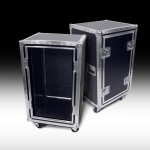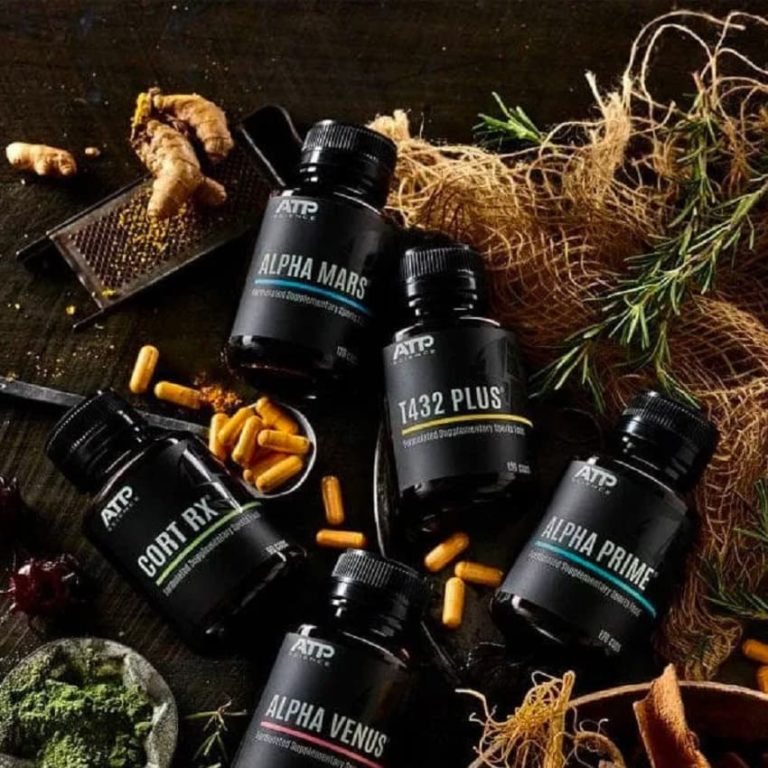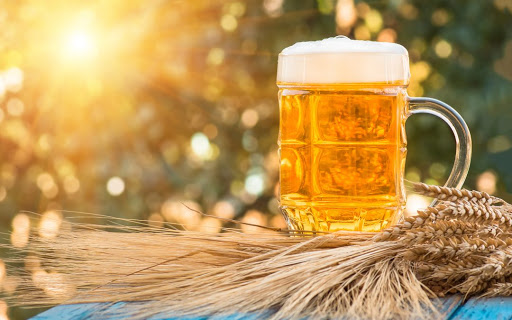Whether you’re organizing a huge party to celebrate a success, or you’re looking for the perfect beverage to surprise your loved one for their birthday or anniversary, champagne is always a good idea. As a matter of fact, you don’t even have to wait for occasions to pop a bottle of champagne, since all the grape-based beverages are very beneficial for your health when consumed in moderate amounts. Let’s learn something more about this magnificent drink.
The Origins of Champagne

Did you know that champers wine was actually created accidentally? It all began when the vinegrowers (today’s famous Champagne Houses) from the Champagne region in France were trying to equal the Burgundy wines. At first, their mission wasn’t very successful because the cold weather in the region caused the fermentation process to stop.
Warm springs were a little bit different for this type of wine since the warmer weather made the sleeping yeast awoke and start fermenting again. The release of carbon dioxide made a pressure inside the bottles that caused many of them to explode or their corks to blow out, and this is why champers was called “devil’s wine” at first.
However, in 1844 wine producers invented muselets to prevent bottles of champagne from exploding or popping “on their own”. This is the time when champers started becoming popular among rich and famous people and was even served by the King of France during official dinners at the Royal Palace. Since then, champagne is the ultimate beverage served for a bunch of different occasions and enjoyed by many people worldwide.
What Are the Different Champagne Styles?
Decided to get a bottle of fine champers wine for an occasion or to enjoy on your own? Before you do so, it’s best to know the different champagne styles so you choose one that suits your preferences most.
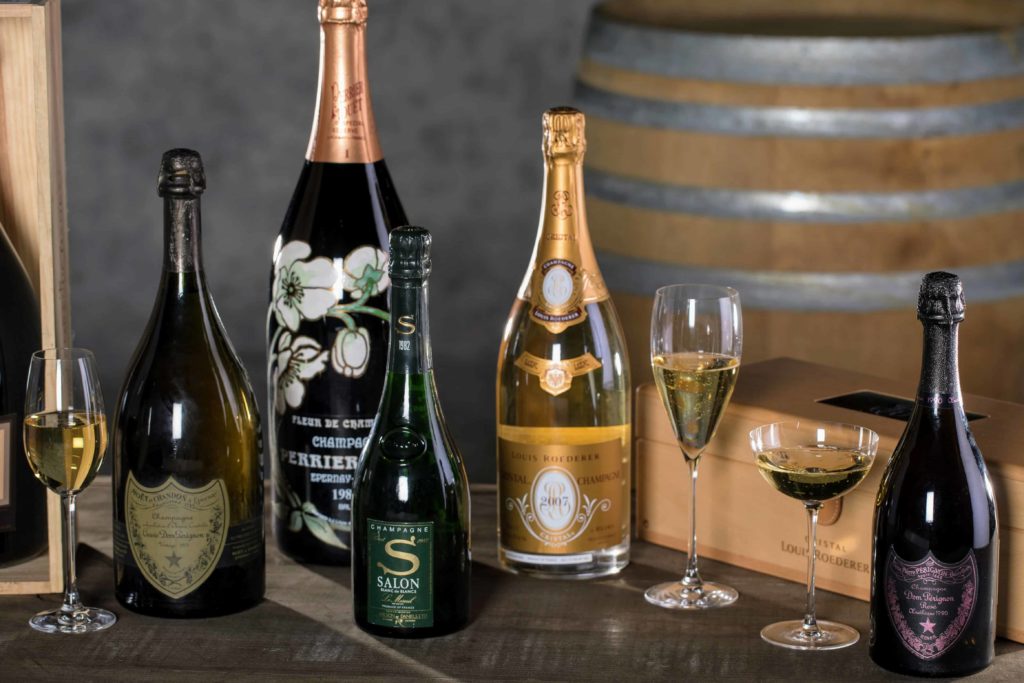
Non-Vintage Champagne
The most common champagne-style you’ll come across in wine or liquor shops is non-vintage champagne. These champagnes are blends made from the three most common champagne varieties: Chardonnay, Pinot Noir and Pinot Meunier. Once blended, they’re aged for a minimum of fifteen months with twelve of them on the yeast lees.
Vintage Champagne
Vintage champagnes are very rare since they’re only made in certain years from grapes that come from the specific vintage. These wines are aged for a minimum of three years on the yeast lees, while some of them can be left to age for even longer. And since they’re intended to show the unique quality of the growing year and the specific house style of the producer, vintage champagnes tend to be very expensive.
Rose Champagne
Rose champagne styles are typically made from blends of red and white wines. However, this is not the only method for getting rose champagne, since many wine houses tend to produce them by fermenting clear juice from red wines. And since the process for producing rose champagne requires more labour and time, these champagnes tend to be more expensive than non-rose ones.
Blanc de Blancs Champagne
These champagnes are typically made from Chardonnay, even though they can be also found containing the specific region’s white grapes. When young, these champagnes are light, high in acidity and have citrus and green apple flavours. As they age, their flavour also matures into more buttery characteristics.
Blanc de Noirs Champagne
As their name states, this type of bubbly is produced either by Pinot Noir wines or the specific region’s black grapes. Unlike Blanc de Blancs styles, these champagnes are not that high in acidity and more structured with red fruit characters.
Organic Champagne Bringing a New Revolution
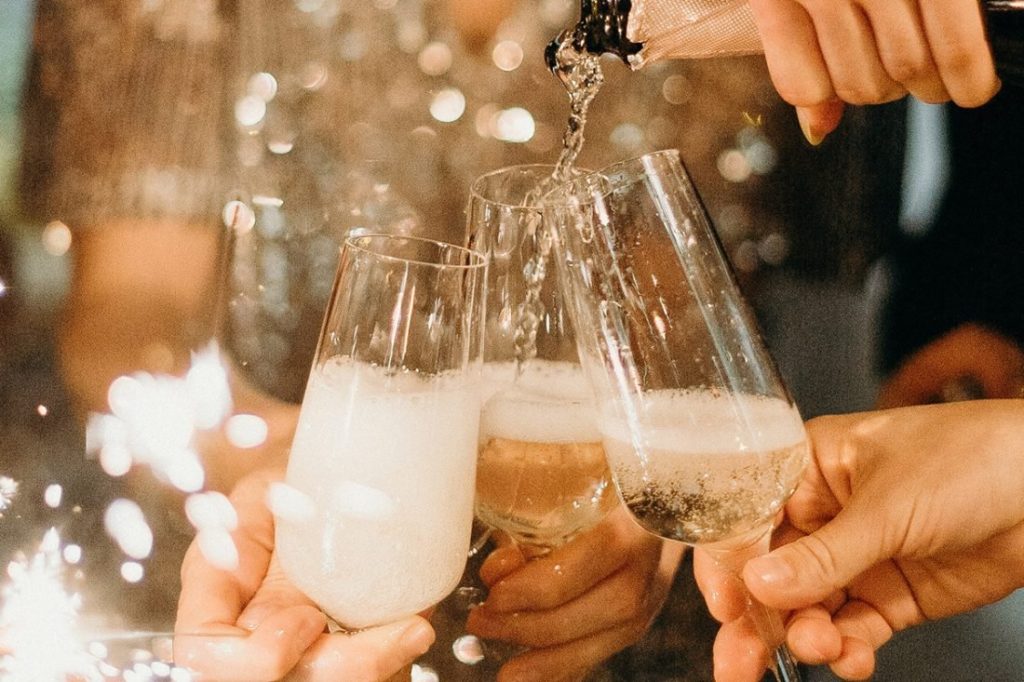
If you still want to enjoy a glass of your favourite sparkly beverage while looking out for your health and the environment, don’t hesitate to get a bottle of organic champagne. This type of bubbly has made a huge buzz among champers lovers, and it’s not even a surprise, considering all the benefits you can reap from it without compensating for quality and taste.
In fact, out of the 33,000 hectares of vines growing in the Champagne region, only 600 of them are organic. To produce these champagnes, vintners are usually required to become certified, which is a very long and expensive process, as well as to follow the organic farming practices without any compromises.
Talking about the benefits you’ll reap by drinking champagne produced by organic grapes, the first one that is worth to be mentioned is their sugar content. In fact, regular champagne is naturally very acidic and winemakers usually balance the acidity by adding in extra sugar. On the other hand, organic champagne producers always opt for a low intervention approach with their products, meaning they won’t be adding any extra sugar to improve the taste.
On the other hand, we’re sure that you’ve heard that consuming wine and champagnes is healthy because they contain a huge amount of antioxidants which are good for your health. In fact, the grape skin is very rich in resveratrol, a popular antioxidant that is very powerful in lowering blood pressure, improving brain function and cognitive response. And as much as all the sparkling wines are packed with resveratrol, it has been shown that organic ones contain an incredible 32% more of this antioxidant than regular ones.
Except for being healthier for you, organic grapes aren’t harsh for the environment they’re produced in. This is because organic wine producers don’t use any pesticides and chemicals for growing vines, and almost all of them are committed to carbon-neutral policies. In other words, except for taking care of the environment, by consuming organic champagne you’re also reducing your own carbon footprint.
And if you’re thinking that protecting your and the environment’s well-being means compromising on your champagne’s taste, know that you’re wrong. Organic champagnes of all the varieties taste exceptionally great and can be the perfect match for all your favourite dishes as well as celebrations and occasions.
How to Pair Champagne with Food?
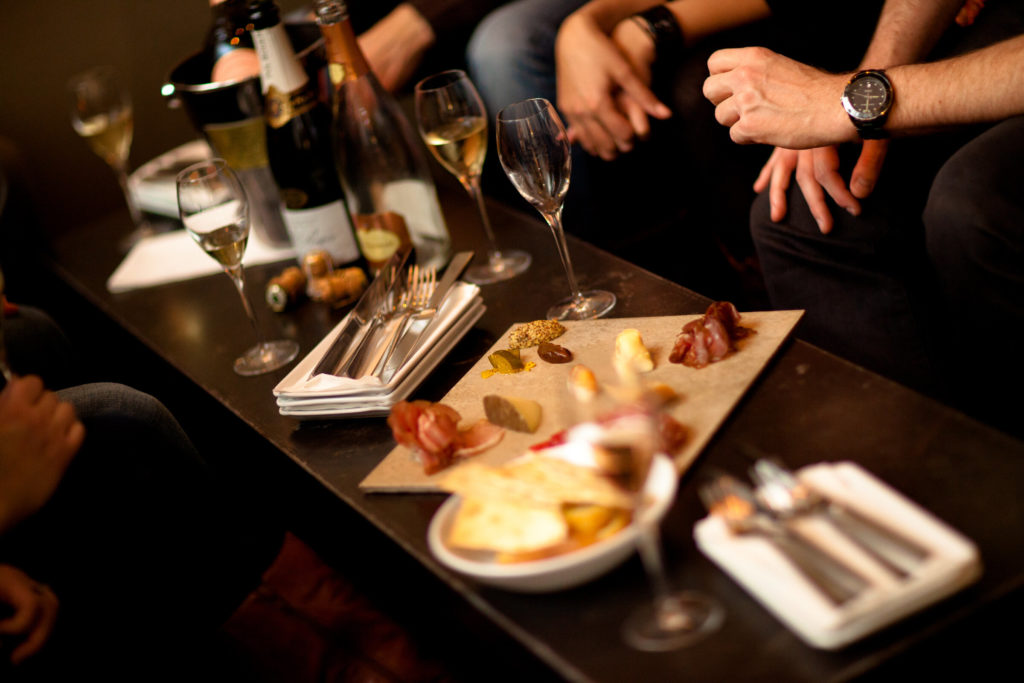
Your favourite dish being mentioned, champagne is high in acidity and low in sugar, making it one of the most versatile wines that go perfectly well with many types of food.
For instance, if you’re looking for the perfect appetizer for your bottle of champagne, don’t hesitate to go for anything salty such as buttered popcorn, roasted and salted cashews or French fries. Salt is a very powerful culinary ingredient that has the ability to enhance the flavour of champagne.
Except for salty appetizers, champagne goes wonderfully with buttery and creamy foods. So, don’t hesitate to pair your favourite champagne with creamy and rich-flavoured cheeses such as brie and camembert. Not only will they enhance the unique flavour note of the champagne, but they’ll also interact nicely with the delicate bubbles.
Finally, if you prefer drinking a glass of champagne for dinner, make sure you serve crispy fried chicken tonight. The bright acidity of this beverage will neutralize the “oily” sensation of the fried chicken, which won’t only improve the taste, but it’ll also make you feel less guilty for reaching for a second piece. If you’re in the mood for something sweeter or spicier, try pairing sweeter champagne styles with chicken soaked in soy sauce or some spicy dip.



